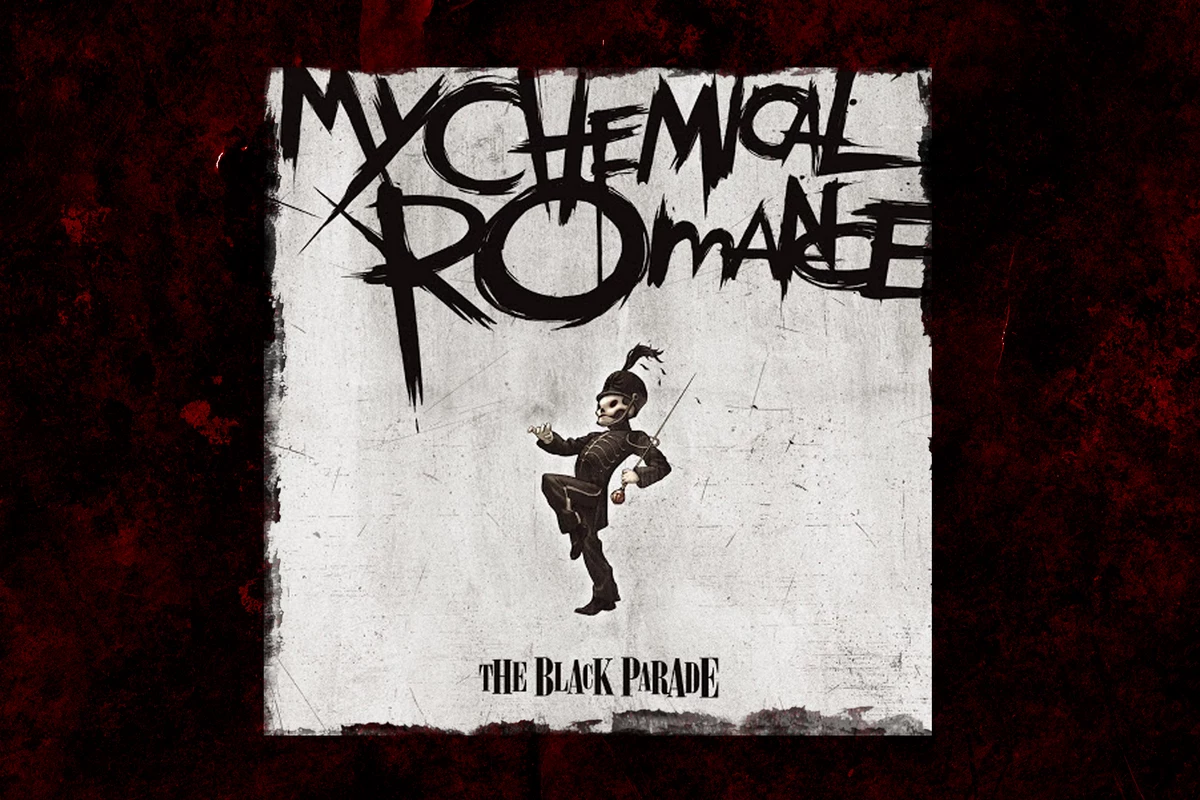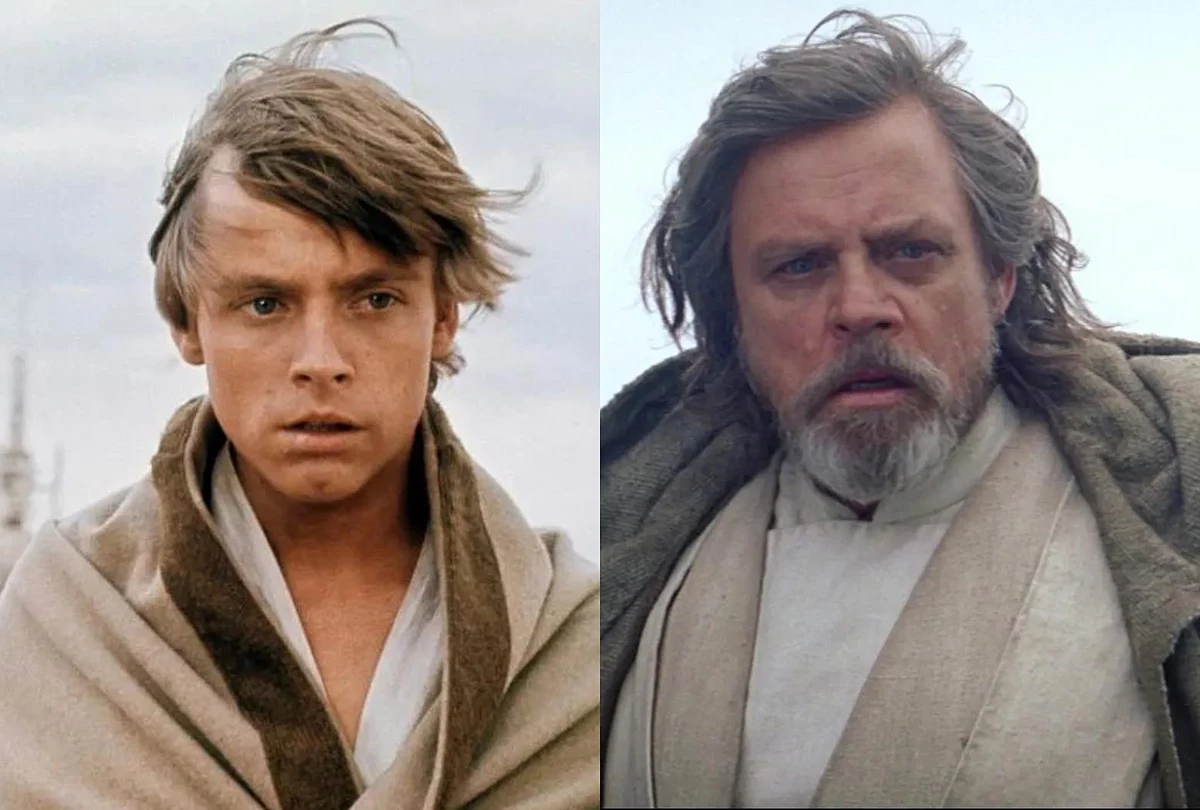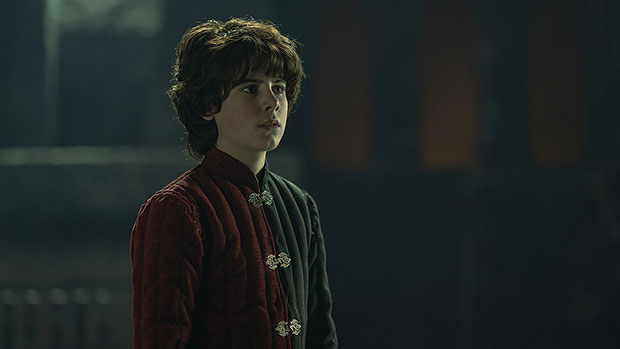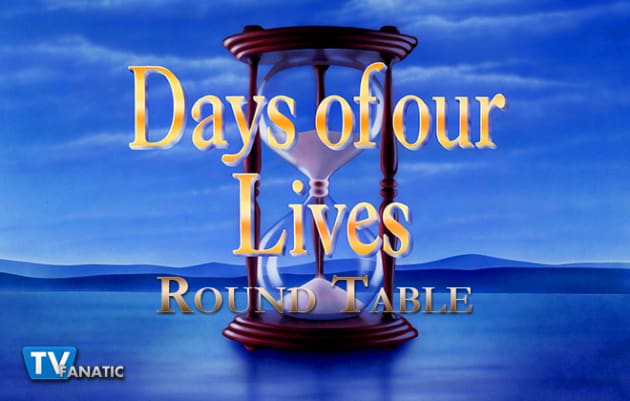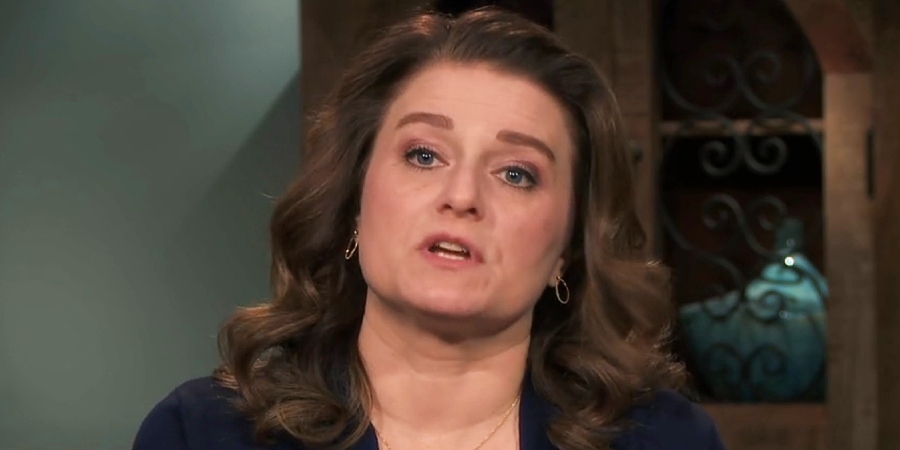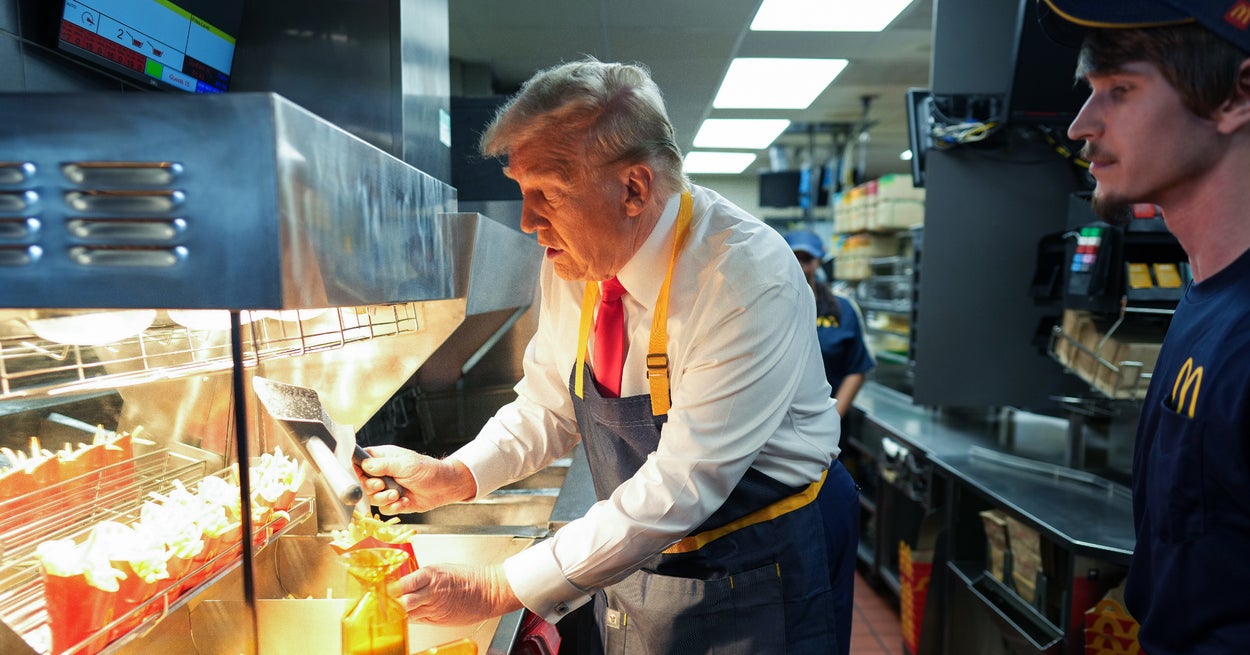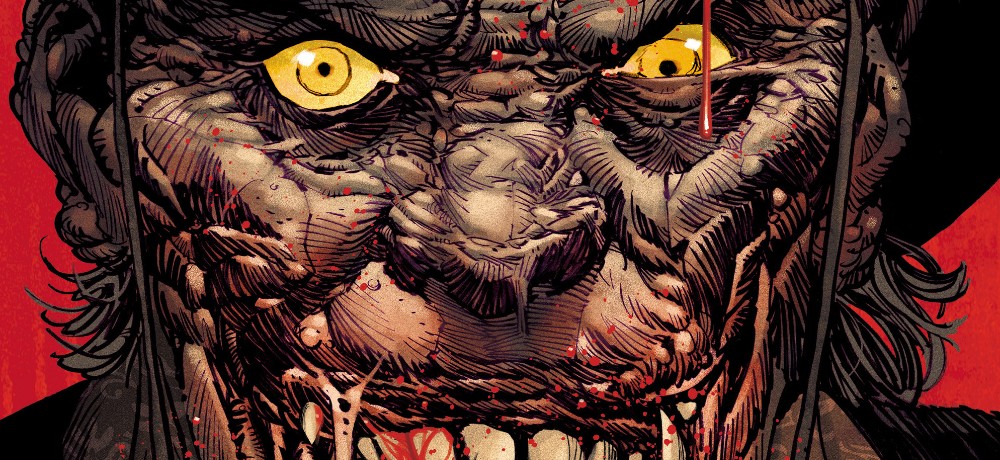Rock will never experience anything quite like The Black Parade again. My Chemical Romance’s third album is revered by many who regard it as the greatest — and undoubtedly biggest — emo record of all time. And while some dyed-in-the-wool metal fans have criticized its commercial appeal and over-the-top theatrics, the response to the band’s recent reunion suggests that My Chemical Romance’s legacy has only grown stronger since their 2013 split.
Even thrash metal icons such as Gary Holt (Slayer, Exodus) have waxed lyrical about all things MCR…
Leading in to The Black Parade, My Chemical Romance were one of rock’s hottest properties. Their sophomore album, Three Cheers for Sweet Revenge, had been a Warped Tour smash, and proved both the band’s penchant for grand theatricality (“Helena,” “The Ghost of You”) and undeniable earworms (“I’m Not Okay”). The New Jersey natives’ second LP enjoyed plenty of airtime on MTV and broke the Billboard Top 30, peaking at No. 28.
With a now solidified lineup (Bob Bryar replaced Matt Pelissier on drums early in the Three Cheers… campaign) and the backing of a major label (Warner imprint Reprise Records), Bryar, vocalist Gerard Way, guitarists Ray Toro and Frank Iero and bassist Mikey Way retired to The Paramour, a notorious recording studio in Burbank, California, and began work on the album that would define both their band, and a whole generation of young rock fans.
This would be no normal recording process, though. The Paramour is rumored to be haunted, and a sense of unease quickly permeated the band’s ranks. Members reported hearing doors slam. Gerard Way was having vivid nightmares (“There was a lot of fire, stuff like Joan of Arc and brimstone and damnation. Or people I really love were dead and I’d get the phone call,” he told the New York Times.) Mikey Way, meanwhile, suffered an anxiety-induced breakdown.
My Chemical Romance, “Welcome to the Black Parade”
And yet, despite these pressures, My Chemical Romance emerged with a wildly ambitious concept album that surpassed all expectations. On Oct. 23, 2006, The Black Parade finally arrived.
Perhaps the greatest achievement of The Black Parade is that even though its rather morbid story revolves around a dying cancer patient, a genuine feeling of hope shines through across its 14 songs. “Welcome to the Black Parade” and its iconic “We’ll carry on” vocal refrain is the epitome of strength in the face of adversity; “Dead!” and “Teenagers” are razor-sharp punk-pop ragers that are a sheer joy to behold; and then there are barnstorming songs such as “Mama,” which features, of all people, Liza fucking Minnelli.
The Black Parade was unlike anything we’d heard before, and fans agreed. MCR’s third LP has gone on to sell over 4,000,000 copies worldwide, hitting No. 2 on both the U.S. and U.K. album charts upon its release and scoring first-week sales of over 240,000 units. Not even a hit-job by British newspaper The Daily Mail could curtail My Chemical Romance’s victory.
Such was their success with the concept album format on The Black Parade, My Chemical Romance once again built their music around an overarching narrative for its follow-up, 2010’s excellent and underrated Danger Days: The True Lives of the Fabulous Killjoys. It’s their third album, though, for which they’ll always be most fondly remembered.
The Black Parade deservedly made My Chemical Romance the biggest rock band in the world. Fourteen years on from its release, it remains the definitive album of the emo generation.
Every My Chemical Romance Song Ranked

